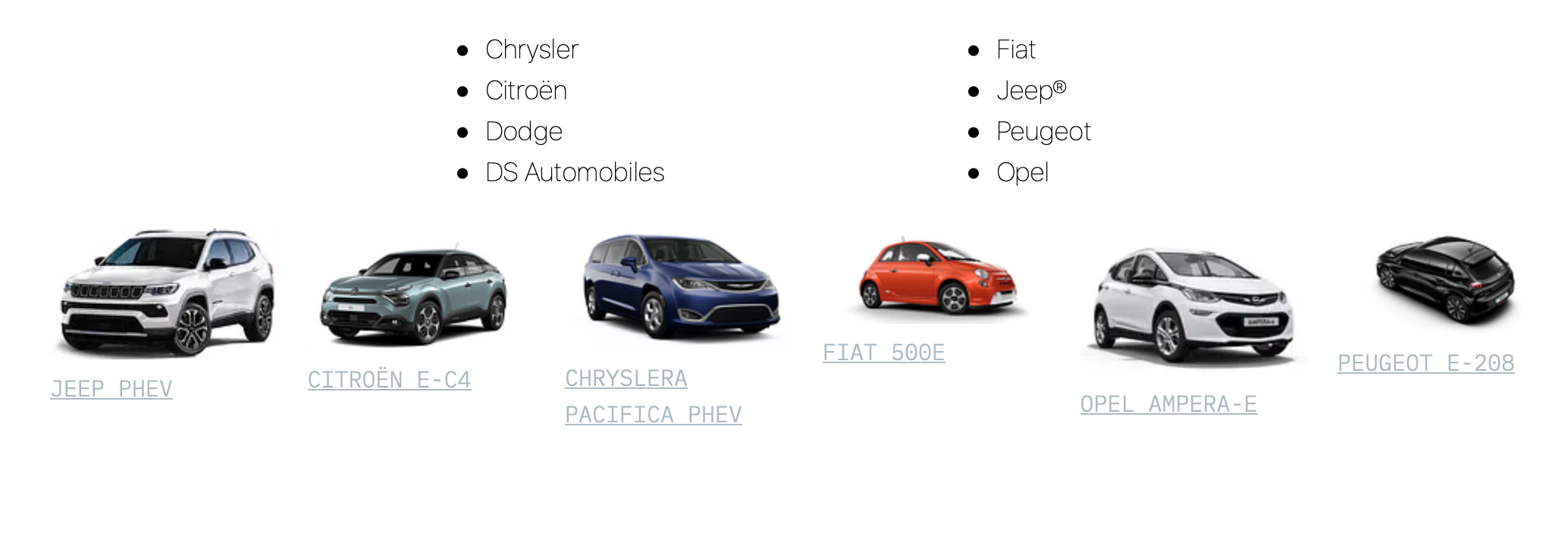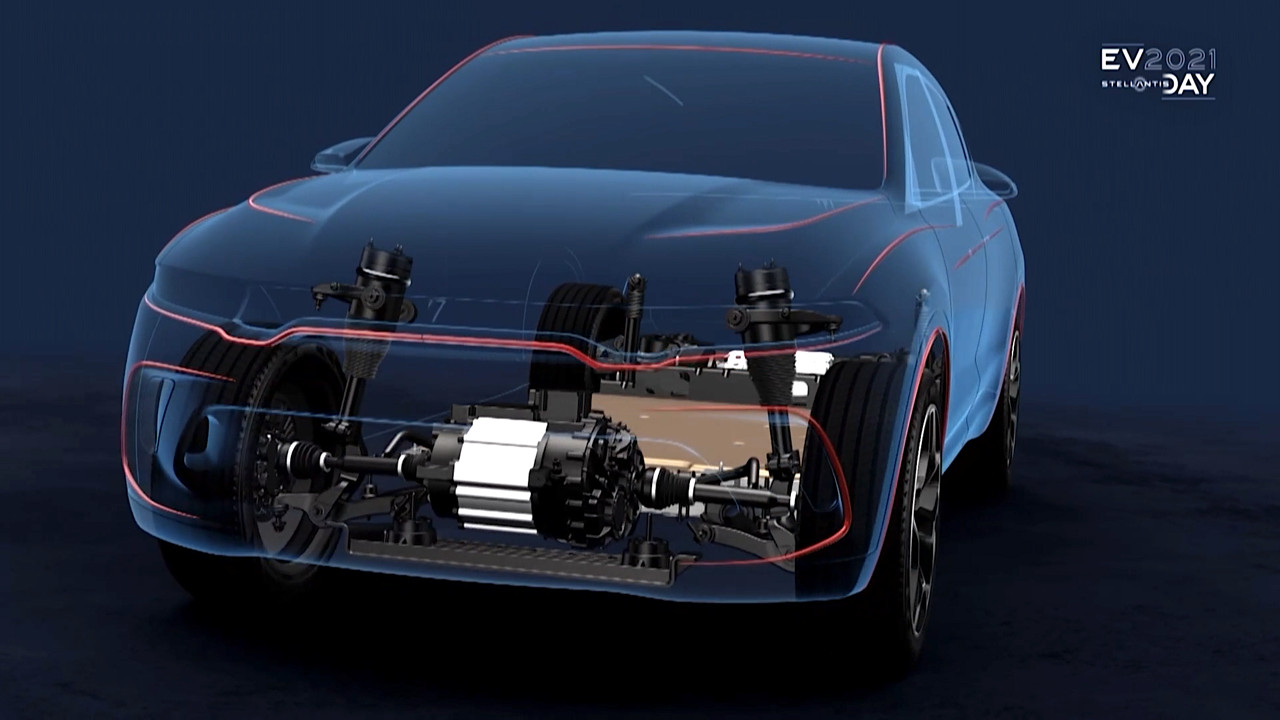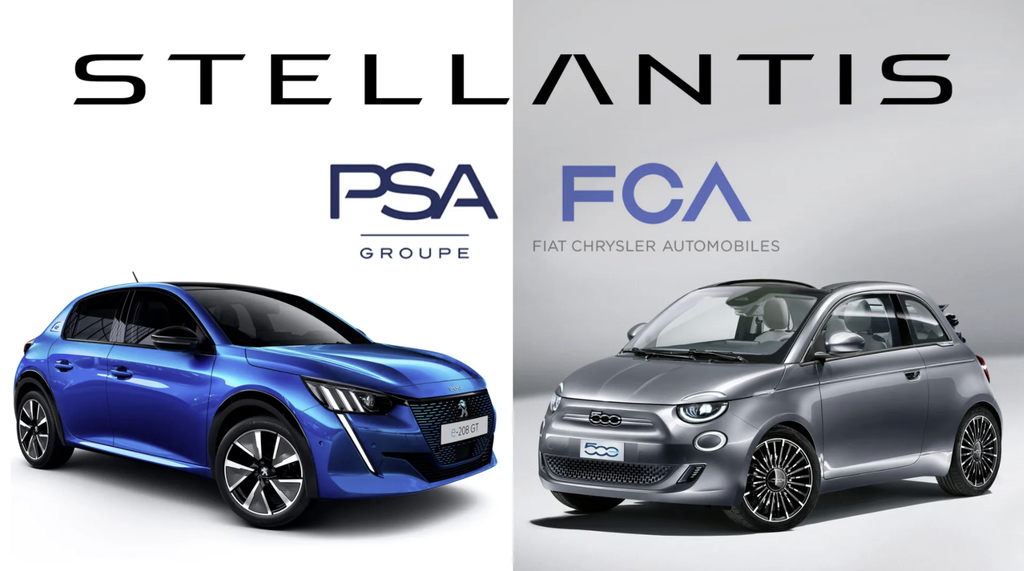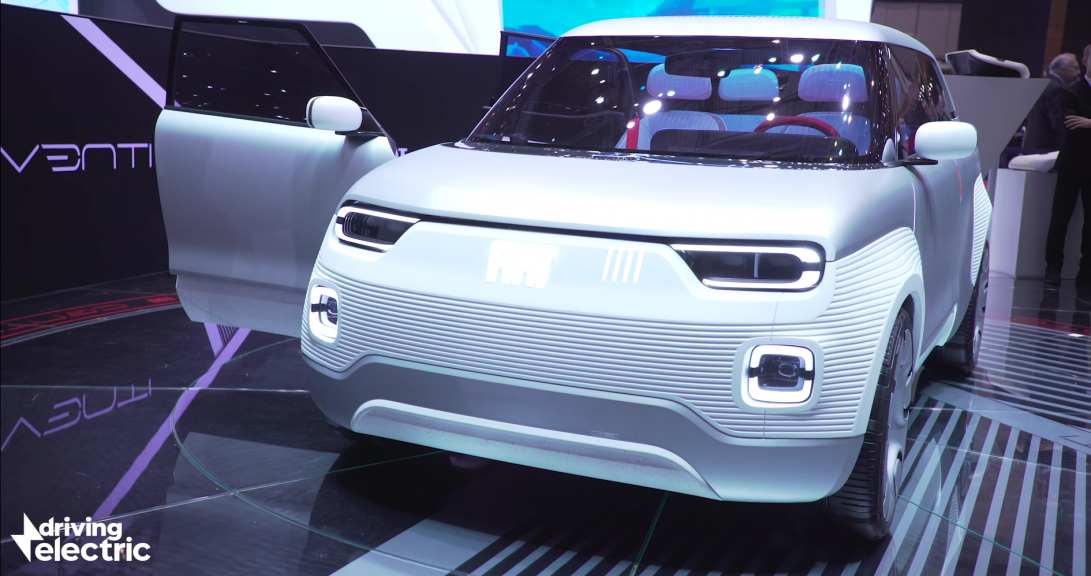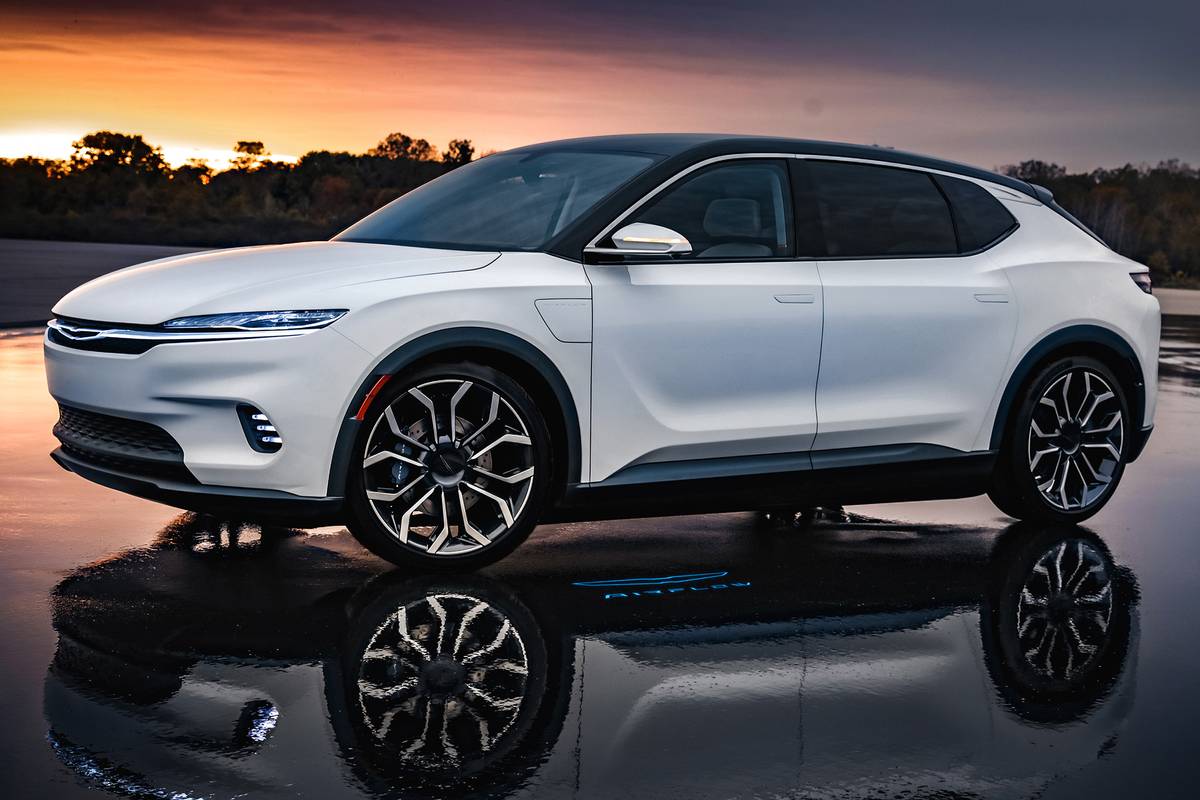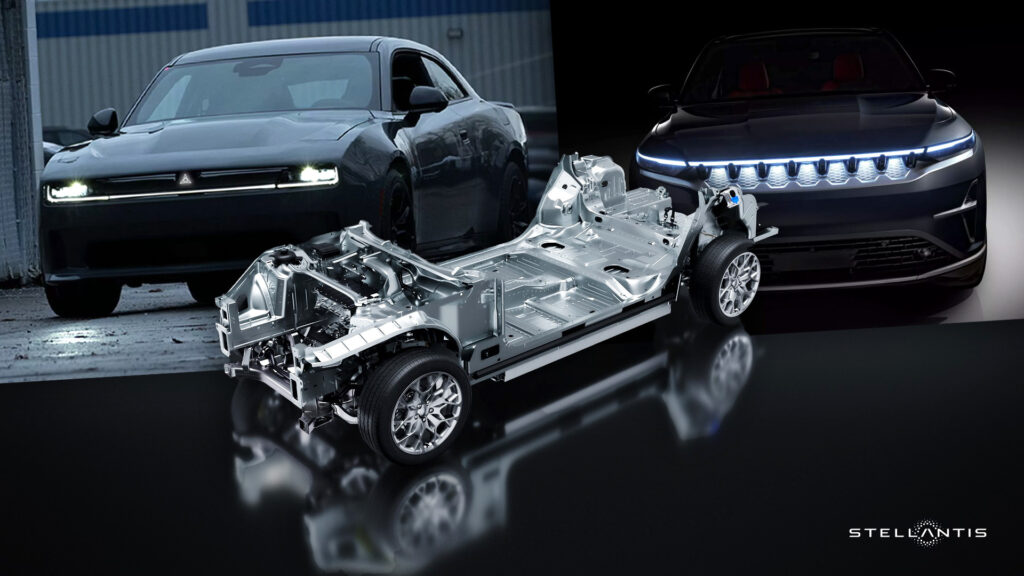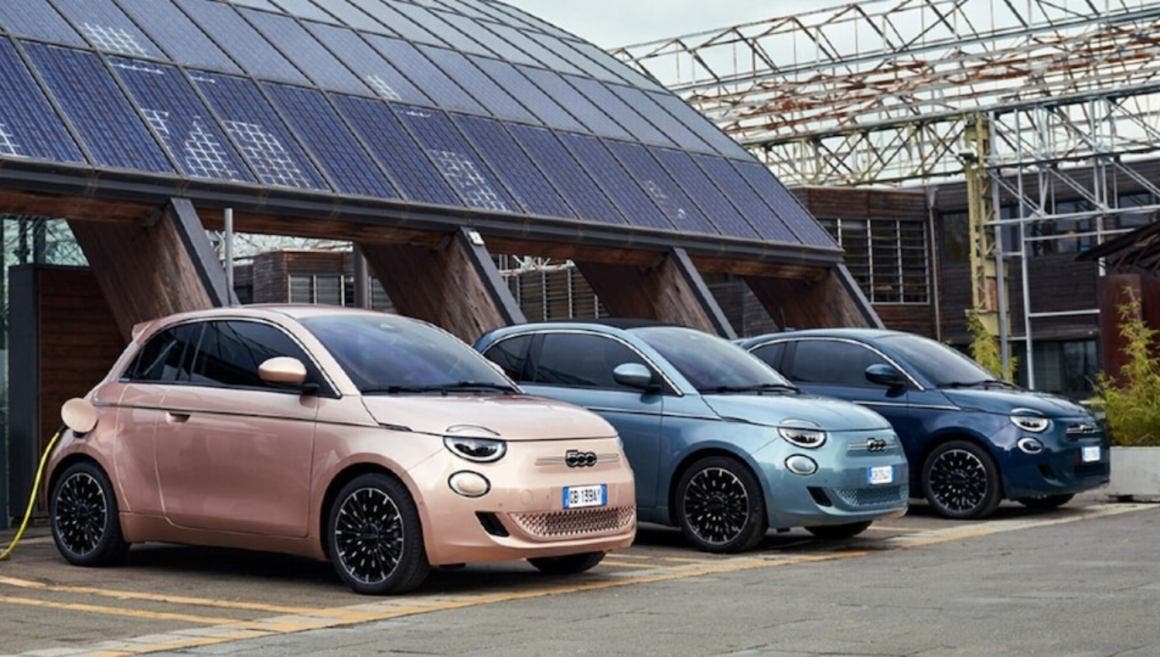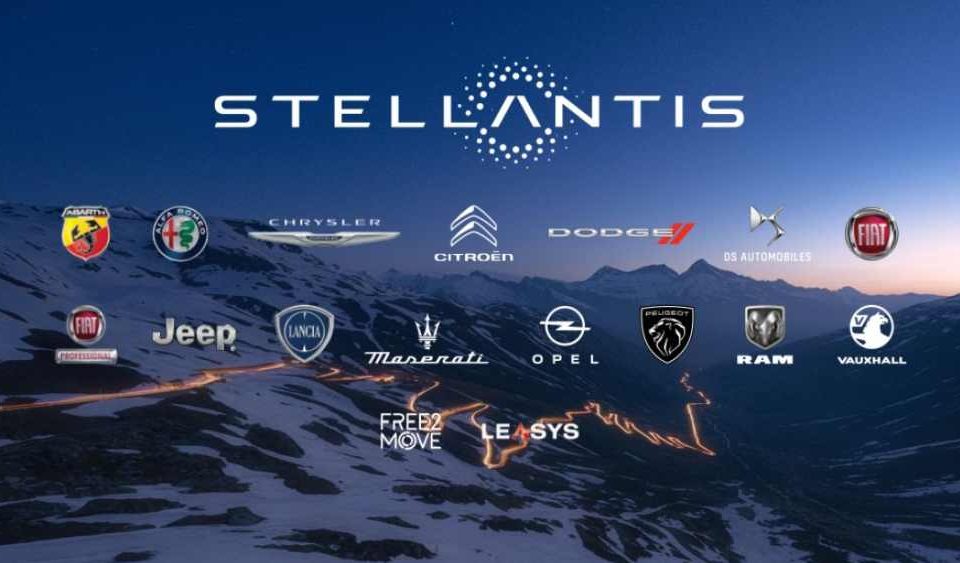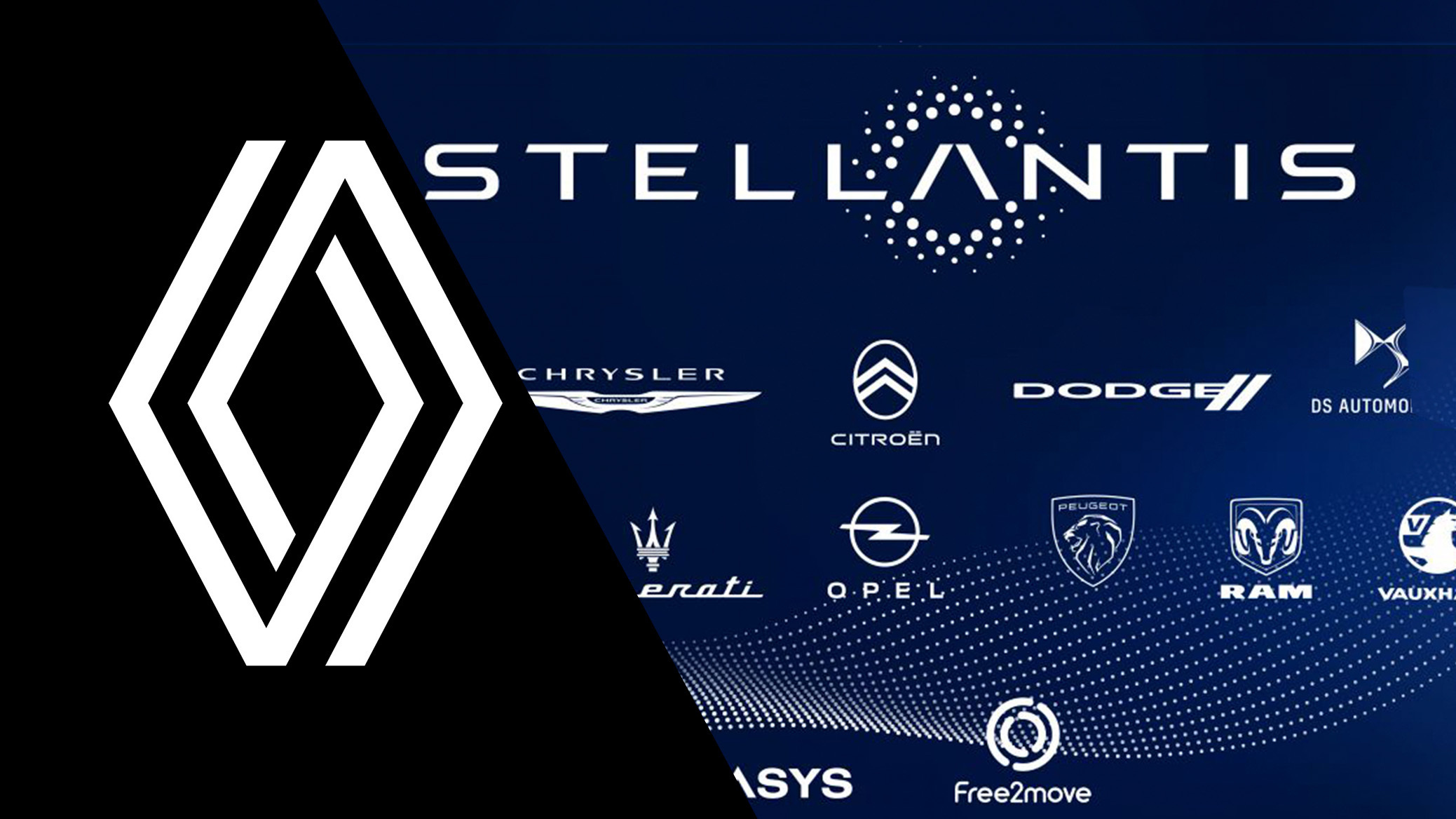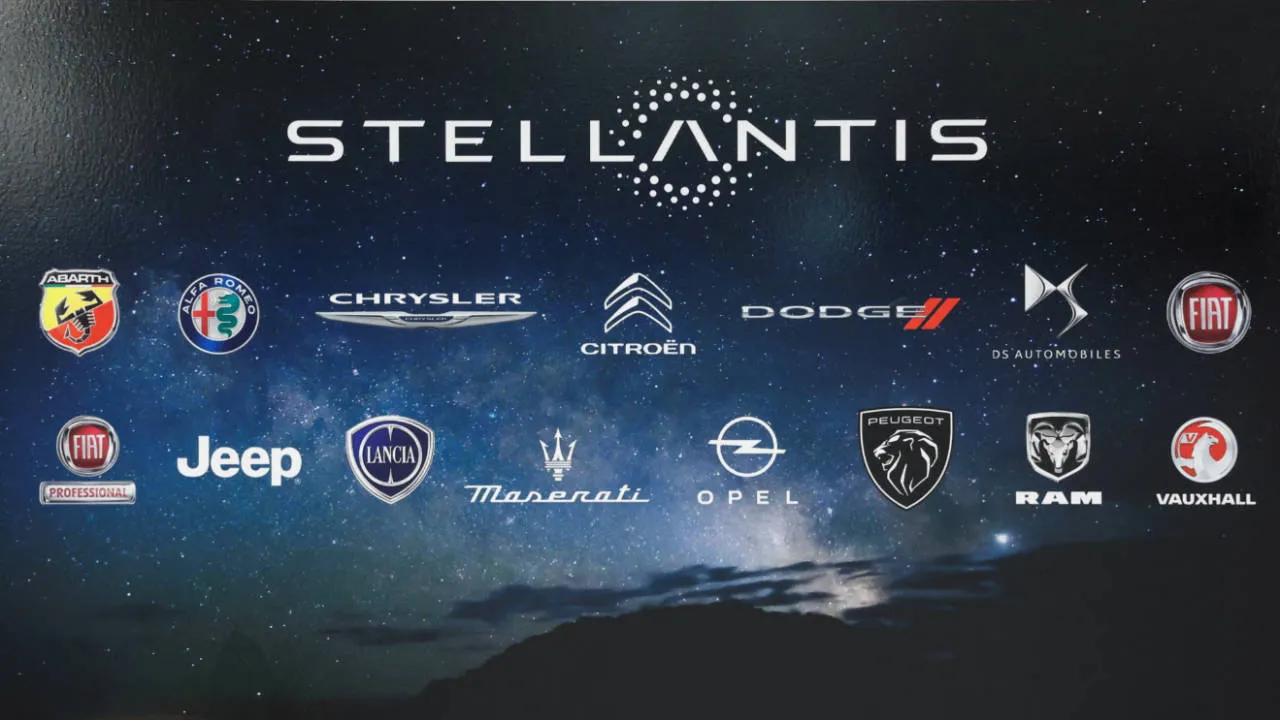Evaluate The Automotive Manufacturing Company Stellantis On Hybrid Models
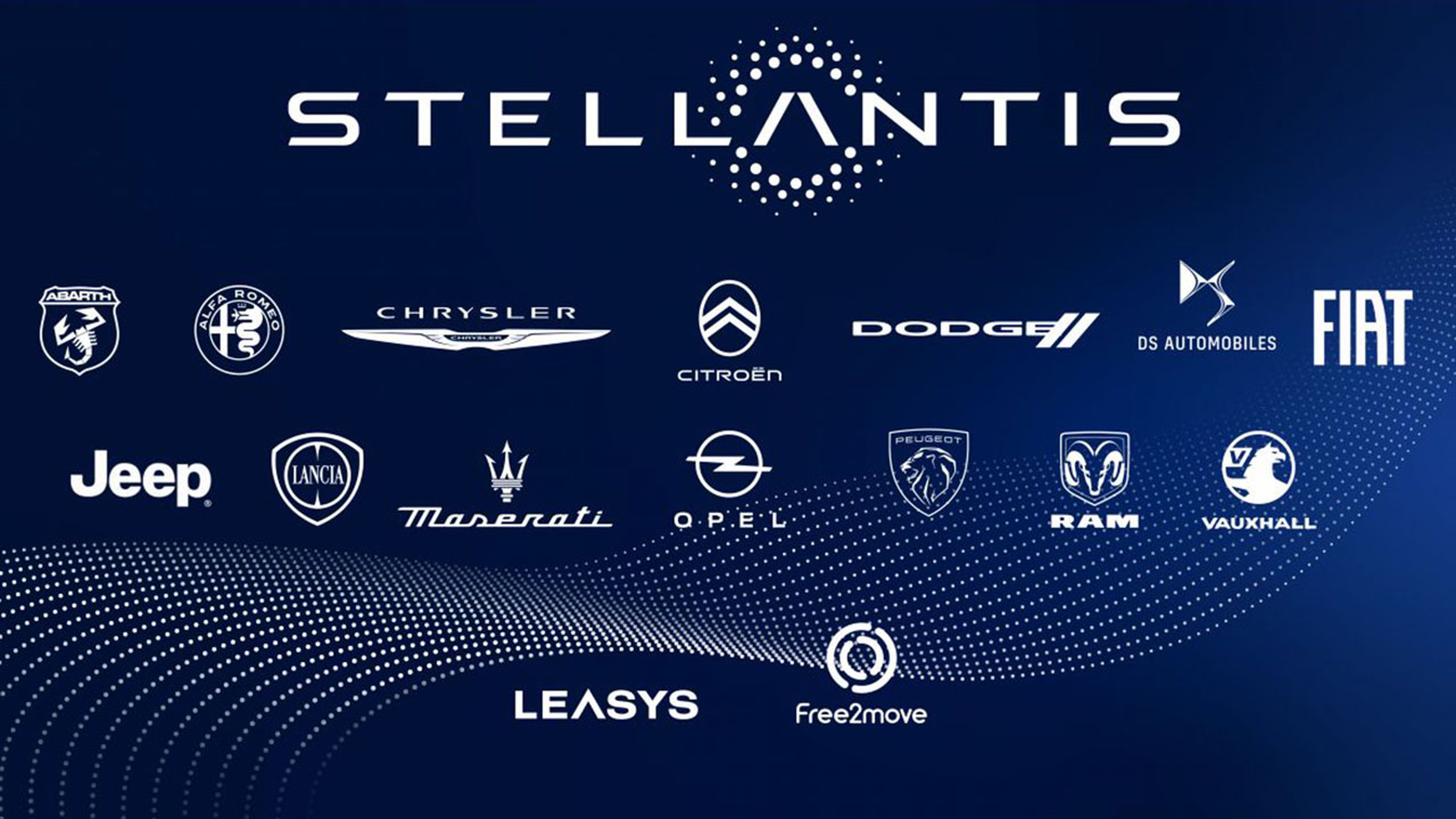
The automotive industry is undergoing a seismic shift, driven by stringent emissions regulations and growing consumer demand for fuel-efficient vehicles. Stellantis, the multinational automotive manufacturing corporation formed from the merger of Fiat Chrysler Automobiles (FCA) and PSA Group, is navigating this transformation with a diverse portfolio of hybrid models.
This article examines Stellantis' strategy for hybrid vehicles, evaluating the strengths and weaknesses of its current offerings, and analyzing its overall position in the rapidly evolving hybrid market.
Stellantis' Hybrid Strategy: A Mixed Approach
Stellantis' hybrid strategy can be characterized as a multi-pronged approach, encompassing mild hybrids, plug-in hybrids (PHEVs), and, increasingly, electric vehicles (EVs) that often share platform technologies with their hybrid counterparts.
This strategy allows the company to cater to a wide range of consumer preferences and regulatory requirements across different markets. It also leverages existing internal combustion engine (ICE) technology while simultaneously investing in future electrification.
However, this diverse approach also presents challenges, particularly in terms of streamlining production, managing costs, and clearly communicating the benefits of each hybrid technology to consumers.
Current Hybrid Offerings: Strengths and Weaknesses
Stellantis currently offers a variety of hybrid models across its various brands, including Jeep, Chrysler, Dodge, and Alfa Romeo.
The Jeep Wrangler 4xe plug-in hybrid has been particularly successful, capturing a significant share of the PHEV market. Its off-road capabilities combined with electric driving range appeal to environmentally conscious adventurers.
The Chrysler Pacifica Hybrid minivan offers impressive fuel economy and versatility, making it a popular choice for families. Its larger battery pack provides a useful amount of all-electric range for daily commutes.
However, some of Stellantis' other hybrid offerings have received less favorable reviews. The Dodge Hornet R/T, for example, while sporty, faces stiff competition in the compact SUV segment. Some critics have pointed to its relatively limited electric range compared to competitors.
Furthermore, Stellantis' hybrid strategy is not without its shortcomings. The company has been criticized for its slower pace of electrification compared to some of its rivals, particularly in the development of dedicated EV platforms.
Market Position and Competition
The hybrid market is becoming increasingly crowded, with established players like Toyota and Hyundai-Kia continuing to innovate and new entrants like Tesla and various Chinese manufacturers rapidly gaining market share.
Stellantis faces significant competition from these automakers, each with their own strengths and weaknesses.
Stellantis' diverse brand portfolio and established dealer network provide a significant advantage, allowing the company to reach a broad customer base. However, the company must continue to invest in research and development to stay competitive in the rapidly evolving hybrid market.
"Our electrification journey is well underway, with a focus on delivering compelling, customer-centric products that meet the needs of a diverse range of consumers," – Carlos Tavares, Stellantis CEO (Source: Stellantis Investor Presentation)
The Future of Stellantis' Hybrid Strategy
Stellantis has announced ambitious plans for electrification, including significant investments in battery technology and the development of new EV platforms. However, the company acknowledges the continued importance of hybrid technology as a bridge to a fully electric future.
The company's "Dare Forward 2030" strategic plan outlines a commitment to offering a fully electric vehicle in every segment by 2030. This suggests that hybrid technology will play a crucial role in the transition period, providing consumers with a more accessible and familiar entry point to electrification.
Potential Impact and Conclusion
Stellantis' success in the hybrid market will have a significant impact on the automotive industry as a whole. A strong hybrid portfolio will enable the company to meet increasingly stringent emissions regulations and maintain a competitive position in key markets.
Moreover, the adoption of hybrid vehicles by consumers can contribute to reducing greenhouse gas emissions and improving air quality. The availability of diverse hybrid models, catering to different needs and preferences, is crucial for accelerating the transition to a more sustainable transportation future.
Ultimately, Stellantis' ability to innovate, manage costs, and effectively market its hybrid vehicles will determine its long-term success in the automotive industry.

